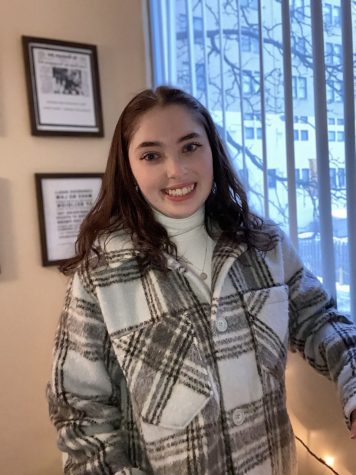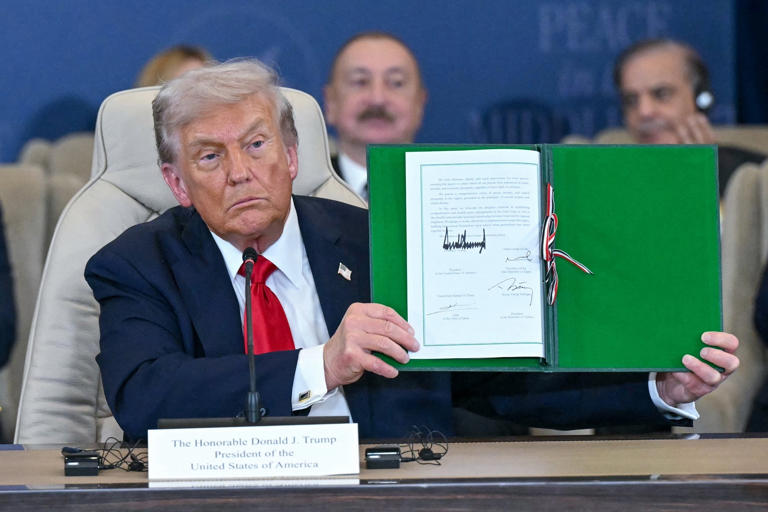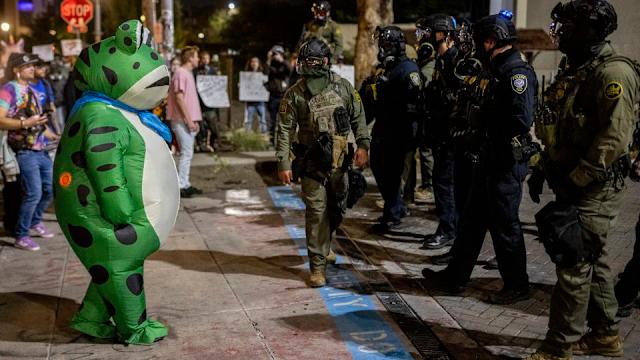Reflecting on suicide prevention awareness month
Examining how victim-based language on social media can worsen the situation
September 15, 2020
Growing up in a rural area, being found on a tree branch is the most common one I’ve experienced. It’s not the only one though. Garages, bathtubs and bedrooms come up too.
Most people are affected by it at some point, but it’s not always talked about. We quietly correct people who don’t know and move on. Yet, the pandemic has made it so unbearable that it needs to be addressed.
Thankfully, September is Suicide Prevention Month.
The number of people who have grappled with unsafe thoughts due to their situation or a mental illness has caused another sickness to sweep the nation. One that also needs to be addressed and comes with a curve to be flattened.
I’ve been surprised to see how much awareness the month is getting on social media, with tips, counseling suggestions, self-care activities and genuine education on the matter. However, there is one tip that I feel like I have to clarify. “Checking in with your friends” is not necessarily the key to saving someone’s life.
You can be loved and supported by family and friends, but the only person who can save you is yourself. It’s hard to know if someone is OK and they may not show signs of depression or suicidal ideation. Suicide prevention isn’t just calling a hotline or talking to a friend. The typical storyline of the person who missed the 2 a.m. phone call from their friend and now forever blames themselves for not doing enough, is not OK. We need to create a world where a life does not depend on that phone call.
Victim-based language only increases the image of helplessness that arises when talking about suicide. They are not suffering; they are fighting. They are not struggling with substance abuse; they are navigating their lives with a substance use disorder. They did not commit suicide; they were lost by suicide. The language you use is just as important as the care you give.
And I’m not saying that social factors aren’t important in the healing process, but the solution is an institutional one, not a personal one.
Suicide prevention deals with equal health care access for everyone to receive proper mental health care, culturally competent and diverse providers, resources for the LGBTQ+ community, destigmatizing things like men seeking help for a mental illness and letting people know how courageous they are for facing this sickness.
When the waiting list for a mental health appointment is six months long, the situation feels more helpless. No one is going to say, “Well I was feeling suicidal, but I guess I’m going to hold off for a while.” Every day is a battle worth winning, but sometimes it can feel difficult.
The best form of awareness and prevention is becoming educated about topics like this, so that the narrative changes. Checking on your friends is not always the solution. You are not the person who should be responsible for saving them or the person to blame if they’re lost. The only thing worse than grieving a loss is thinking that you could’ve done something different.
This is a real and multifactorial problem and I would strongly encourage you to do some research. We don’t act like you can fix climate change by recycling or you can put out a wildfire with a hose. So why should mental health be treated any differently?
CHLOE FORBES
[email protected]





